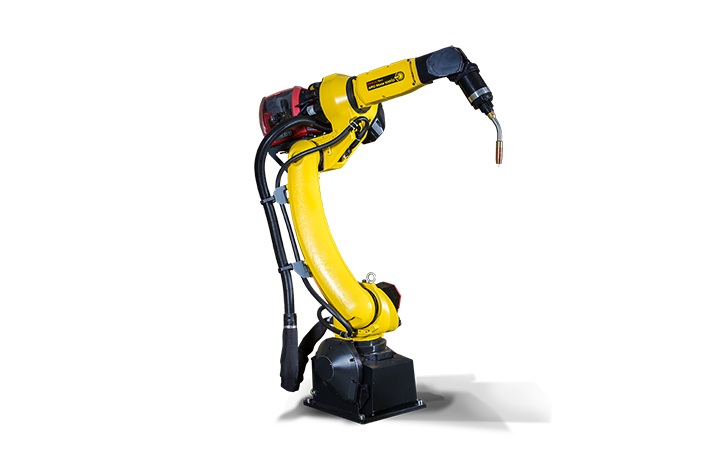
Volume molding is a specialized manufacturing process used to produce complex parts in large quantities. It involves creating molds that are filled with various materials—such as plastics, lightweight metals, or steel—to produce components of desired shapes and dimensions. This technique ensures precision and efficiency in the mass production of components essential for industries like automotive, aerospace, consumer goods, and medical devices.
Key Objectives of Volume Molding
- Precision Production: By using molds with highly accurate cavities, volume molding ensures components are produced to exact specifications.
- Material Efficiency: The process minimizes waste, utilizing nearly all raw material, which reduces production costs.
- Consistency: Volume molding produces identical parts repeatedly, ensuring uniformity in large-scale production.
- Customization: Molds can be tailored to create complex geometries, offering flexibility in design and function.
Types of Volume Molding Processes
- Plastic Volume Molding
Used extensively in the production of plastic components, this category encompasses a variety of techniques:- Injection Molding: Molten plastic is injected into a mold cavity under high pressure, solidifying to form the desired part.
- Blow Molding: Used to produce hollow objects such as bottles, where heated plastic is inflated into the shape of a mold.
- Rotational Molding: Involves rotating a mold filled with powdered plastic, which melts and coats the interior surface evenly.
- Transfer Molding: Combines the precision of injection molding with the simplicity of compression molding.
- Extrusion Molding: Produces continuous lengths of plastic parts like tubes and pipes.
- Foam Molding: Used for lightweight, cushioned products by incorporating gas to expand the plastic.
- Sheet Molding: Involves pressing heated plastic sheets into molds to form large, flat components.
- Pressure Die Casting (Metal Volume Molding)
In this process, molten metal—such as aluminum, magnesium, or zinc—is forced into a steel mold under high pressure. It is ideal for producing durable metal parts with intricate details and is commonly used in automotive and electronics industries. - Hot Forging (Metal Volume Molding)
Involves heating metal to a pliable state and compressing it within a mold to achieve the desired shape. This method enhances the mechanical properties of the final component, making it stronger and more resistant to wear.
Advantages of Volume Molding
- High Production Rates: Ideal for mass production, reducing per-unit costs.
- Complex Geometry: Allows the creation of intricate and precise shapes.
- Material Versatility: Compatible with various materials, from plastics to metals.
- Minimal Waste: Efficient use of materials reduces excess and minimizes production costs.
- Cost Efficiency: While initial mold creation can be expensive, the cost per part decreases significantly with large-scale production.
Emerging Trends and Innovations in Volume Molding
- Sustainable Molding Practices: The use of biodegradable plastics and recycled materials is becoming more prevalent, aligning with global sustainability goals.
- Advanced Molding Materials: Innovations in composites and smart materials are expanding the applications of volume molding, particularly in aerospace and medical industries.
- Automation and IoT Integration: Automated systems and IoT sensors are optimizing molding processes by improving accuracy, reducing downtime, and enabling real-time monitoring.
- 3D-Printed Molds: Additive manufacturing is revolutionizing mold-making by allowing rapid prototyping and customization of molds, significantly reducing lead times.
Conclusion
Volume molding plays a critical role in modern manufacturing, offering efficiency, precision, and scalability. Its diverse applications across industries highlight its importance in producing high-quality, cost-effective components. As technological advancements continue to shape the industry, volume molding is poised to become even more efficient, sustainable, and versatile.






